A Guide to Houseplants That Purify the Air
Who knew that “going green” could mean literally going green?
Updated Feb. 20 2019, 11:49 a.m. ET
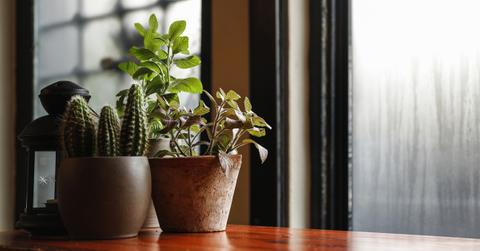
Who knew that “going green” could mean literally going green? In fact, the more air-purifying indoor houseplants you have throughout your home, the better the air quality and in many cases, the happier the people. And because houseplants are natural “home décor” if you will, they have long shelf-lives, are devoid of harmful toxins and chemicals, and at the end of their lives, break down into organic matter. Basically, we would all benefit from replacing every bit of plastic in our homes with a plant instead.
In short, there’s no better (or healthier!) way to decorate than with houseplants. It’s good for you, it’s zero waste, and it’s pretty.
Aside from plants being aesthetically pleasing, they’re really important to our health. Plants actually purify the air around us. Houseplants release oxygen and absorb carbon dioxide, which keeps the air quality fresh and fleshes out harmful toxins. In fact, NASA has unearthed data that shows houseplants can remove volatile organic compounds (VOCs) from the air in indoor environments.
Why Air Purifying Is Important
Spaces with air contaminants and toxins can lead to “sick building syndrome,” a condition that causes headaches, nausea, dizziness, sinus irritation, and decreases productivity in employees or inhabitants. Air-purifying plants essentially “clean” the air, eradicate potential sick building syndrome, and ultimately, increase workers’ concentration and productivity levels by up to 15 percent. Not to mention, plants also reduce stress and improve one’s mood.
You might be wondering: What is making the air quality so poor? Well, nearly everything synthetic in our homes contributes to poor air quality. (Remember earlier when we joked about swapping everything plastic for a plant? Not really joking.) Things like furniture, upholstery, building materials, and even cleaning products cause toxicity in the air. Indoor air pollution is caused by an array of factors — formaldehyde (found in laminate flooring, sealants, and cleaning products), or even mold, bacteria, and pollen that finds its way inside. If your home or work space is also badly ventilated, then the likelihood of poor air quality is even greater as there’s nowhere for the toxins to go.
The good news is a few indoor houseplants can solve all of these nasty issues. Not sure where to start? Keep reading to find out more about using houseplants to purify the air!
Spider Plant
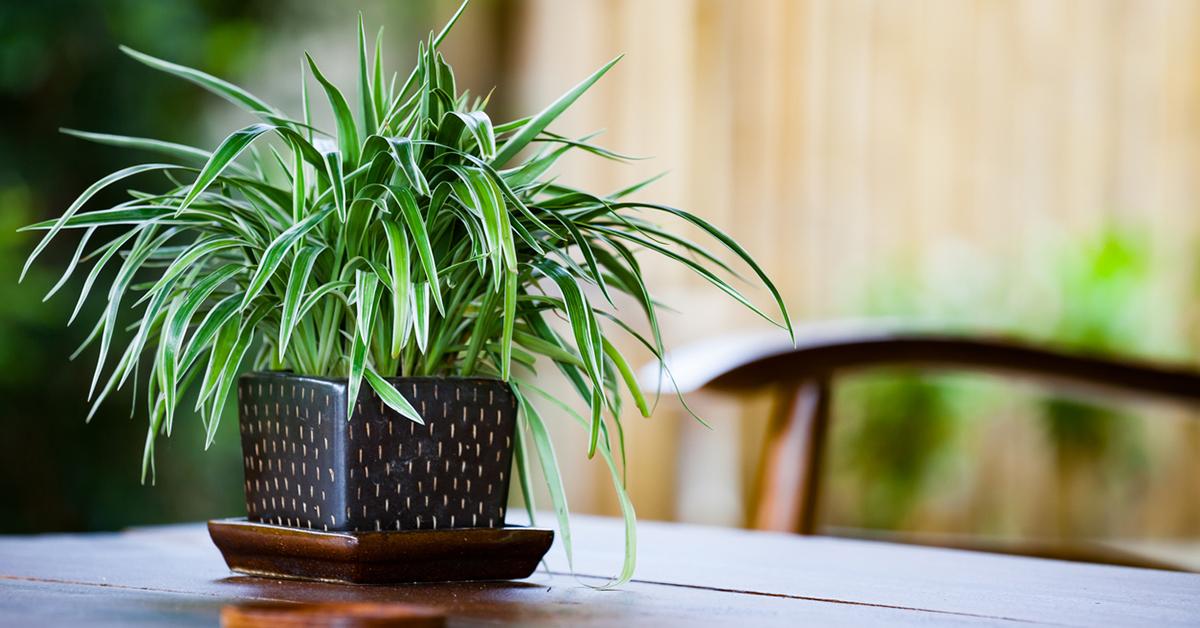
Spider plants enjoy bright, indirect sunlight, which make them a great starter plant for beginners. They are excellent in removing harmful toxins like formaldehyde and xylene from the air. Xylene is a solvent released from industrial sources like automobile exhaust, gasoline, paint, paint thinners and removers, varnish, lacquers, shellac, rust preventatives, cigarette smoke, and pesticides. It irritates the skin, eyes, and respiratory tract, and has been linked to harmful effects on the kidneys, lungs, heart, and nervous system. There is currently insufficient information on whether xylene is a carcinogen.
Garden Mums
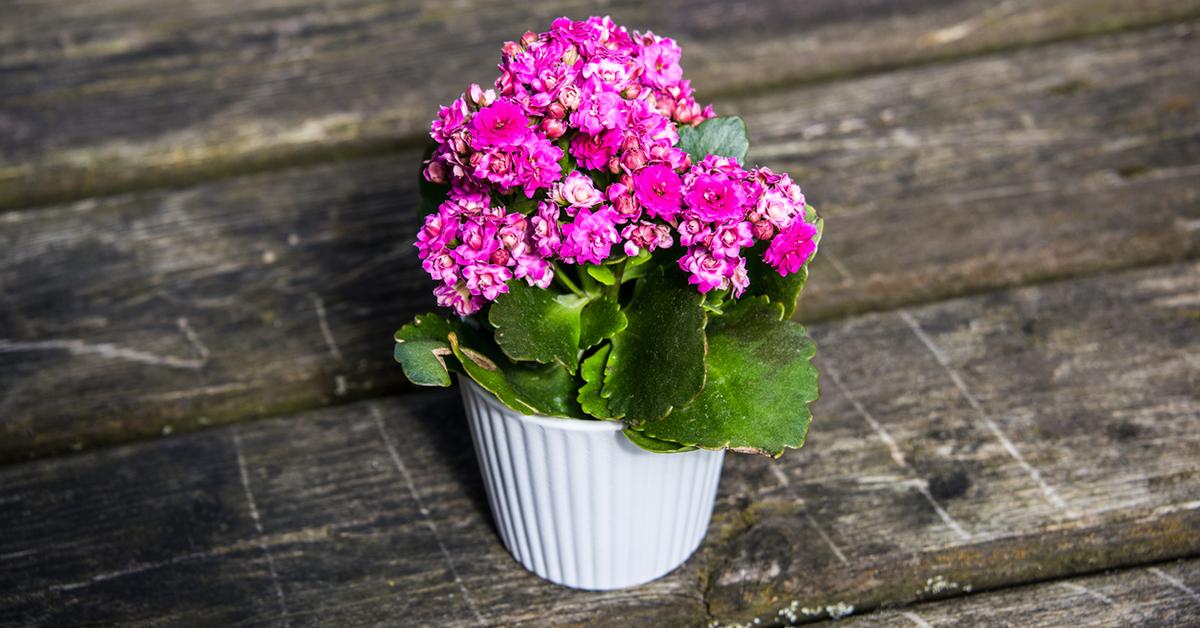
NASA claims Garden Mums are the “champion” of all air-purifying plants. After all, Mums do the most work. They eliminate pollutants like ammonia, formaldehyde, xylene, and benzene, which is a commonly-used industrial chemical found in crude oil and gasoline. Benzene exposure can result in radical effects on bone marrow and cause a decrease in red blood cells, initiating anemia.
Dracaena Plant
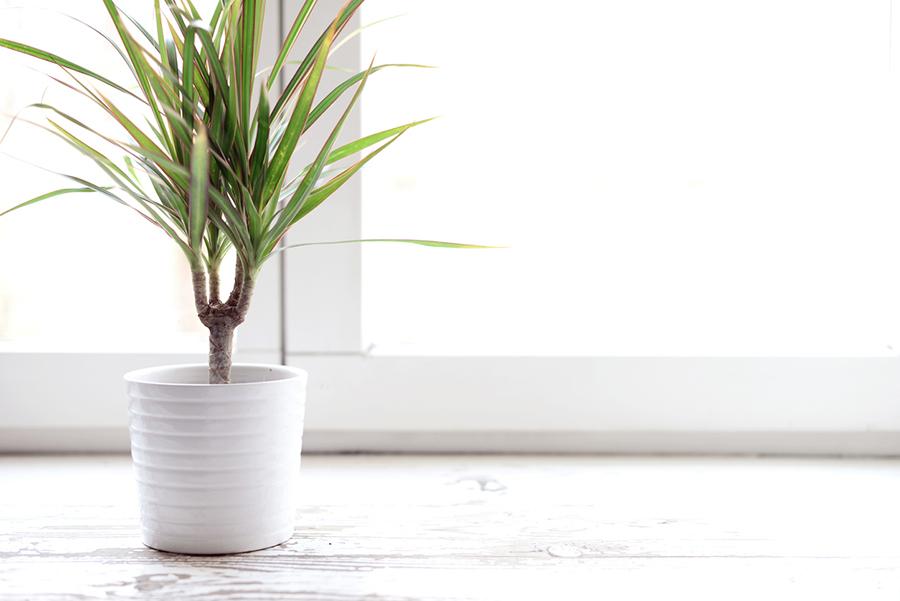
There are so many different varieties of the dracaena plant — nearly 40! — but it is important to note that they are toxic to household pets. If you don’t have a dog or cat, one of the many species of dracaena might be for you, as it’s responsible for eliminating benzene, formaldehyde, xylene, and trichloroethylene from the air. Studies on exposure to trichloroethylene have found harmful effects on the nervous and respiratory systems, liver, heart, and body weight, as well as a link to scleroderma, a systemic autoimmune disease that hardens connective tissue by swelling. Trichloroethylene (known as TCE) is found in wood finishes, adhesives, paint and stain removers.
Ficus Tree
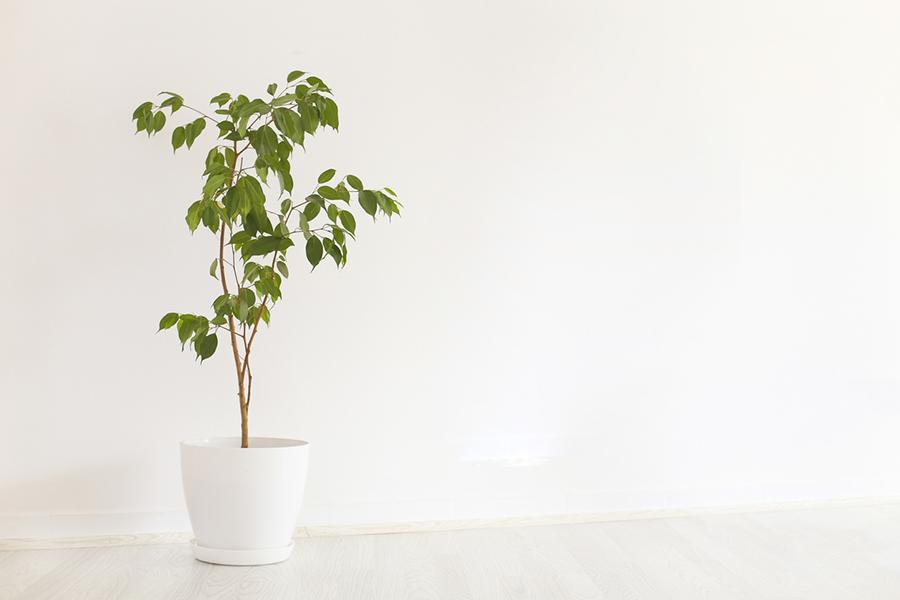
Like Garden Mums, one of the great benefits of Ficus (or weeping figs) is that they can also be moved outdoors. Ficus trees can grow as high as ten feet tall, so moving them outdoors is a necessary option should your ficus take off. They’re pretty low maintenance, enjoy indirect light, and do wonders for eradicating benzene, formaldehyde, and trichloroethylene.
Aloe Vera
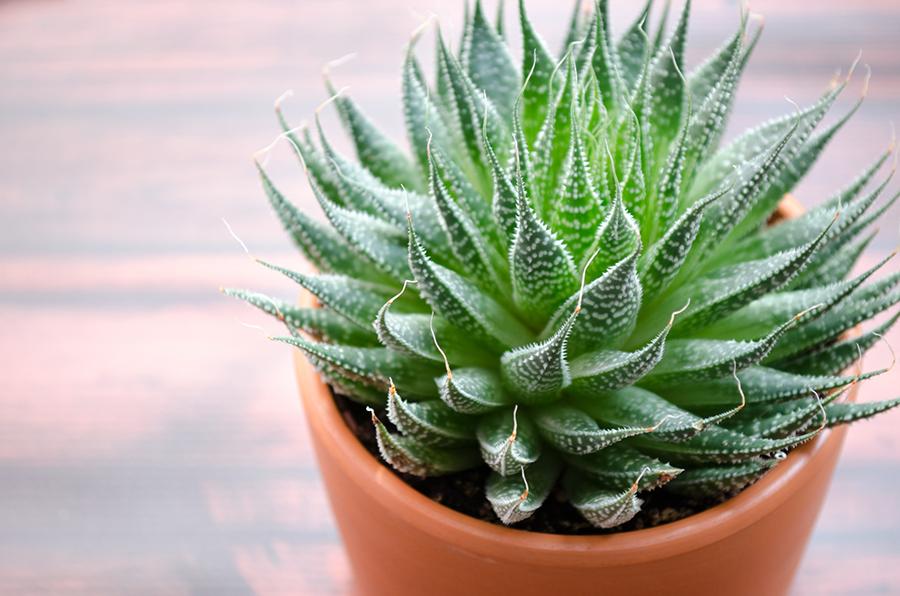
Aloe Vera is a good one to keep handy. After all, this houseplant does double duty: not only does Aloe Vera purify the air in indoor spaces, but the gel inside its leaves has antibacterial and anti-inflammatory properties that heal wounds and alleviate skin conditions like acne, psoriasis, and eczema. Aloe Vera most effectively removes formaldehyde from poorly-ventilated spaces.
Peace Lily
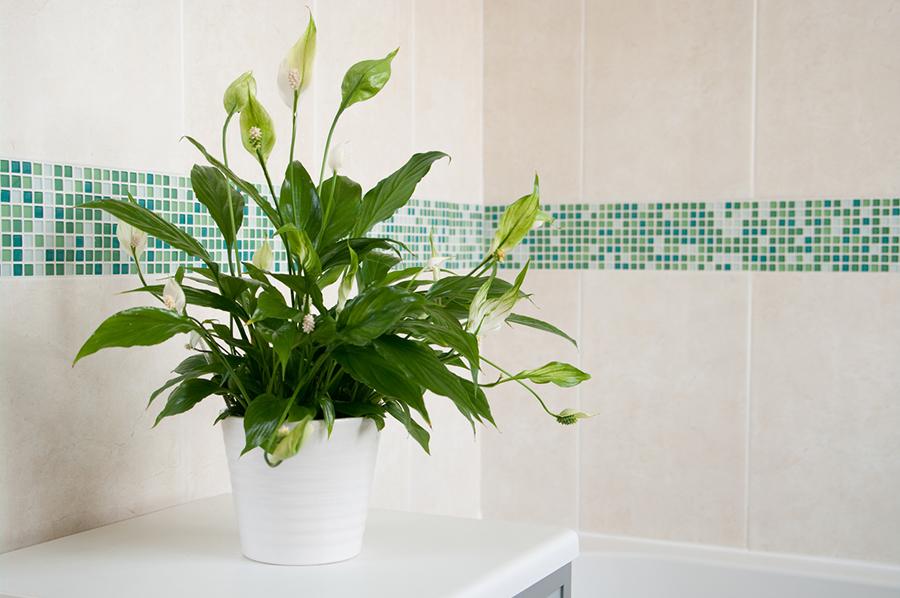
Finally — an air-purifying plant with a flower! Peace lilies flower during the summer, in typically shady spots. Be careful not to overwater peace lilies, but their soil should stay constantly moist. These plants clean the air of ammonia, benzene, formaldehyde, and trichloroethylene.
Snake Plant
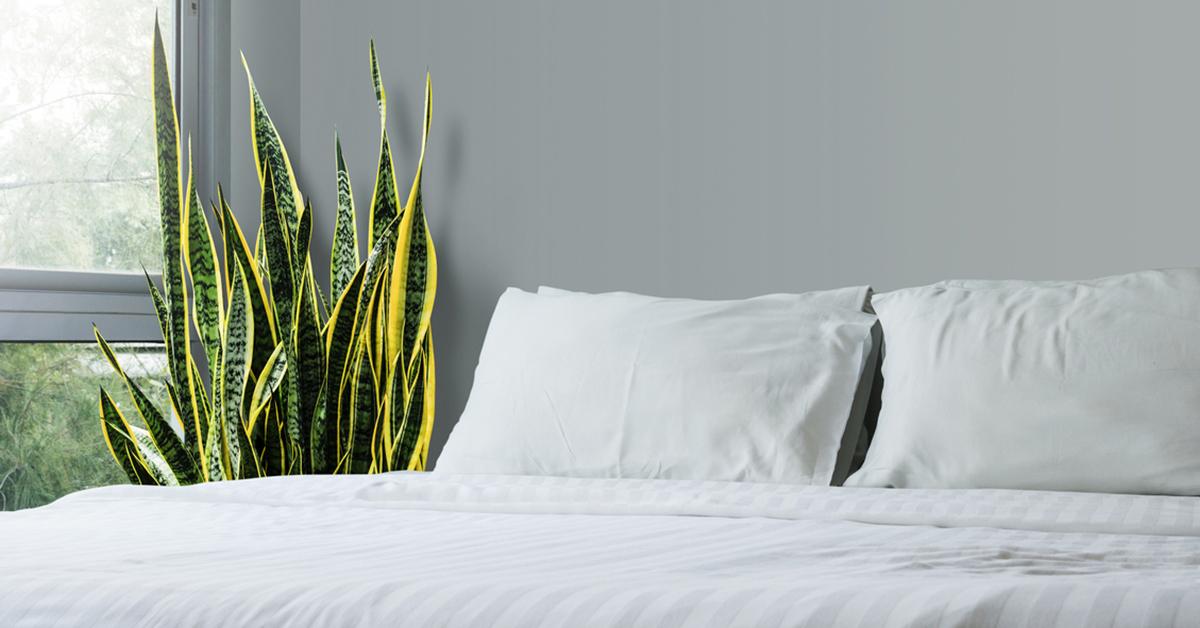
Ah, the good ol’ snake plant — also known as Mother-in-Law’s Tongue. Aside from snake plants being nearly impossible to kill, they also do wonders for purifying the air of pollutants like benzene, formaldehyde, trichloroethylene, and xylene.
Bamboo Palm

Bamboo Palm stalks do best in full-blown sun or bright light and are known for their unflinching ability to filter out formaldehyde. The secret to Bamboo’s prolific air-filtering abilities is in its growth — they can get to be 12 feet high. They’re also pet friendly, which is a bonus for any cat- or dog-lovers. Bamboo doesn’t just sift out formaldehyde though; it’s also good for exterminating benzene and trichloroethylene in the air.
This article was updated on July 22, 2021, to include a correction from NASA's findings on houseplants purifying the air.